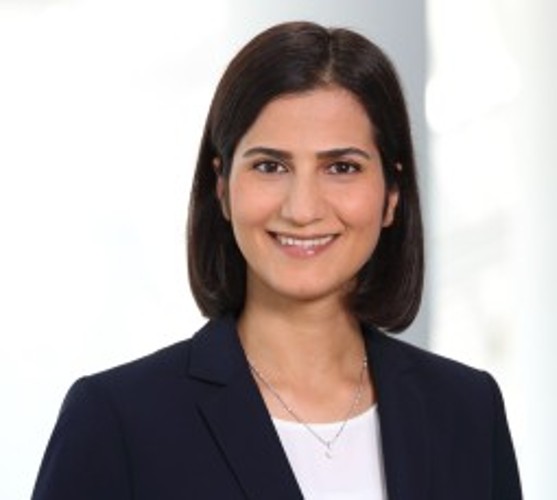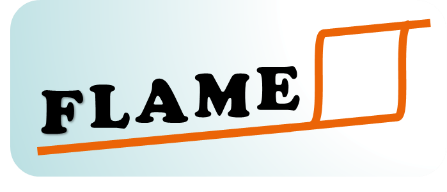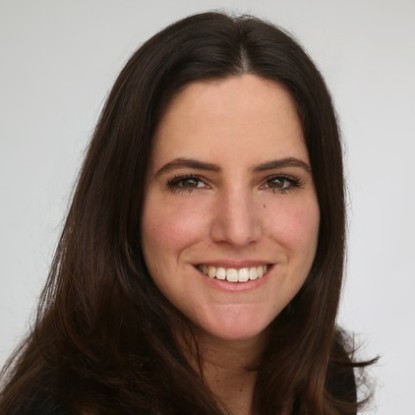
Mysterious but Relevant Defects – An Overview of Theoretical Approaches to Study Polarons
Dr. Elaheh Ghorbani Materials Modelling Division Technical University of Darmstadt
Abstract
In 1933, theoretical physicist Lev Landau introduced the polaron concept in a 500-word article, discussing how an electron travelling through a dielectric crystal becomes trapped by atoms displaced from their positions. The general idea is that an electron moving through a crystal interacts via its charge with the ions of the lattice. In particle language, the electron is dressed by the phonons and the combined particle is called the polaron. Polarons may be large or small – depending on how the size of the lattice distortion they carry compares to the lattice constant – and tend to be effectively heavier than electrons, that is, harder to push around using electric field. Due to their profound impacts on the defect chemistry, electronic behavior and optical properties of polarizable materials, understanding the role of polaronic centers is essential for the engineering of piezoceramics.
In this presentation, I will first provide an overview of quantum field theory effective Hamiltonians for studying polarons: the large polaron Fröhlich Hamiltonian and the Holstein model. Then, the first-principles quantum-mechanical modeling of polarons using density functional theory (DFT) and the existing challenges for a realistic modeling of polarons will be discussed. Finally, I will introduce a newly-emerged and promising approach for modeling polarons, in which idealized polaron models are combined with supercell DFT approaches.
Short Biography
Elaheh Ghorbani received her PhD in Chemistry in 2016 from Johannes Gutenberg University of Mainz, Germany. During her PhD, she studied the role of Li, Na and K alkali metals on microstructural features and electronic properties of CuInSe2 and Cu2ZnSnSe4 solar cell absorber materials by means of first-principles calculations. Currently, she is a postdoctoral researcher and lecturer at Technical University of Darmstadt, Germany. Her research interests lie in understanding physics of defects in energy materials, ranging from ionic/electronic defects to grain boundaries.
About the FLAME-inars
The FLAME-inars are organized by the collaborative project FLAME at TU Darmstadt, in which electronic-structure-property relationships are being developed and exploited to realize novel lead-free antiferroelectric compounds. The seminars will gather experts in processing, characterization and theory to discuss materials and applications, bulk and thin films, fundamental properties, electronic structure & defects, and related aspects.



